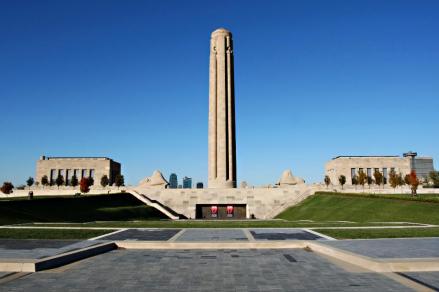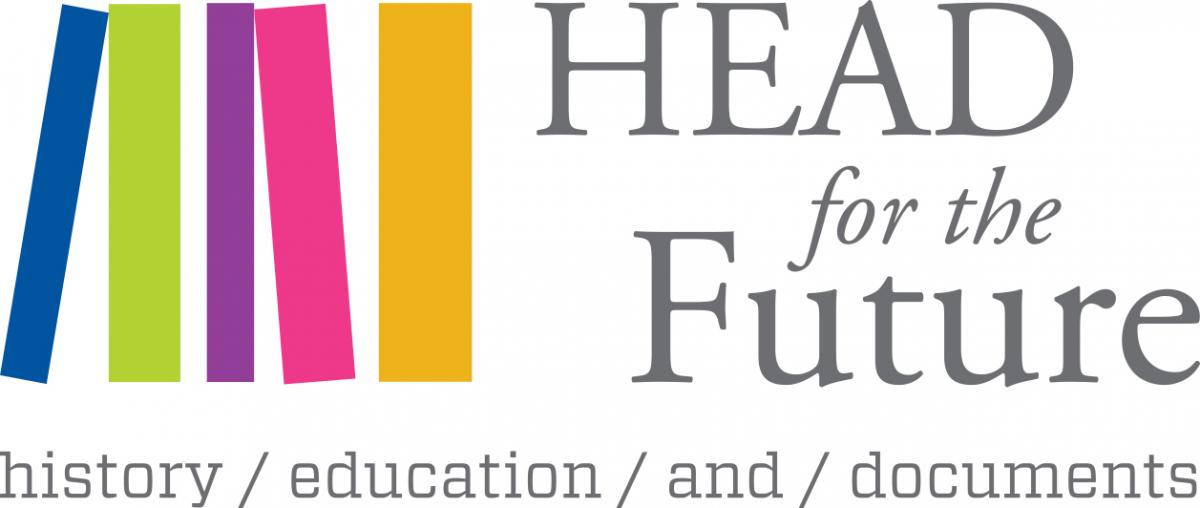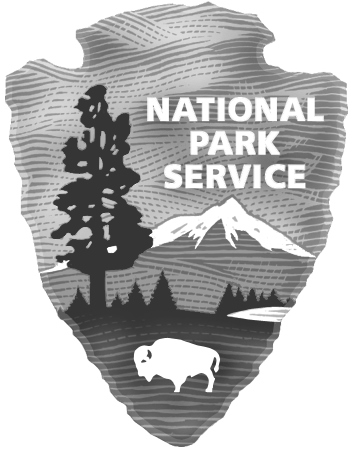This lesson is designed to compare and contrast important social, cultural and political themes in the post-World War I decade of the 1920’s. The main learning objective is to understand how the World War I monument in Kansas City, Mo, ,now known as the National World War I Museum and Memorial, came to represent the progressive ideology of the early 20th century and reflect the post -ar attitudes of the nation at large.
Big Ideas: Public monuments commonly attempt to reflect the past while projecting an ideology into the future. The World War I Memorial was a bridge between the elements of the city beautiful movement, common to the Progressive Era, and the post World War I search for national identity.



